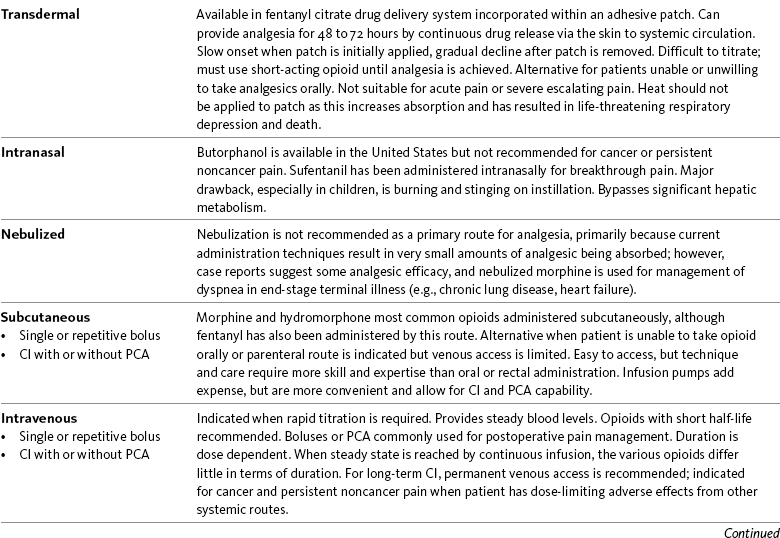
Īn interesting national trend appears to be the increasing use of hydromorphone compared to morphine. Specifically, 80% of the worldwide opioid supply is consumed by Americans, who make up less than 5% of the world’s total population. In turn, there have been unprecedented increases in opioid production and prescription in attempt to manage pain in the United States. These changes are notable considering that Fox and colleagues stated that the most common symptom that motivates people to seek health care is pain. Both of these initiatives, confronting the undertreatment of pain, contributed to practice changes that increased awareness on the importance of treating pain. At about the same time, the Veterans Administration rolled out a Quality Improvement initiative calling for pain the be treated as the fifth vital sign. The Joint Commission addressed the common practice of suboptimal pain management in 2001 by requiring professionals to ask patients about their pain, treat it when necessary, and evaluate the effects of therapy rendered. The American Pain Society (APS) released guidelines in 1995, which stated that the first step towards improving pain management is assessment and recording of patients’ pain reports. As a result, arguments for the undertreatment of pain in the United States have led to several outcomes. In the United States, it has been estimated that 100 million adults suffer from chronic pain alone. In 2001, it was reported that approximately 9 in 10 Americans frequently experience pain. There are implications related to resource utilization and these outcomes. Our study highlights that the choice of hydromorphone versus morphine may influence outcomes. However, 30-day all cause readmission rates were significantly higher in patients treated with hydromorphone. Patients receiving morphine tended to stay in the hospital for almost one day longer than patients receiving hydromorphone. Rescue drugs were used more frequently in patients treated with hydromorphone in comparison to patients treated with morphine. The use of morphine steadily decreased while use of hydromorphone increased in both medical and surgical groups. Data from 38 hospitals from October 2010 to September 2013 was analyzed for patients treated with either hydromorphone or morphine. We evaluated data from the University Health Systems Consortium. Additionally, we assessed the effect of this trend on three key outcomes, including adverse events, length of stay, and readmission rates. We conducted a hospital population based observational study to evaluate the increasing use of hydromorphone over morphine in both medical and surgical populations.

Morphine has traditionally been considered the first line agent for analgesia in hospitals however, in the last few years there has been a shift towards the use of hydromorphone as a first line agent.


 0 kommentar(er)
0 kommentar(er)
